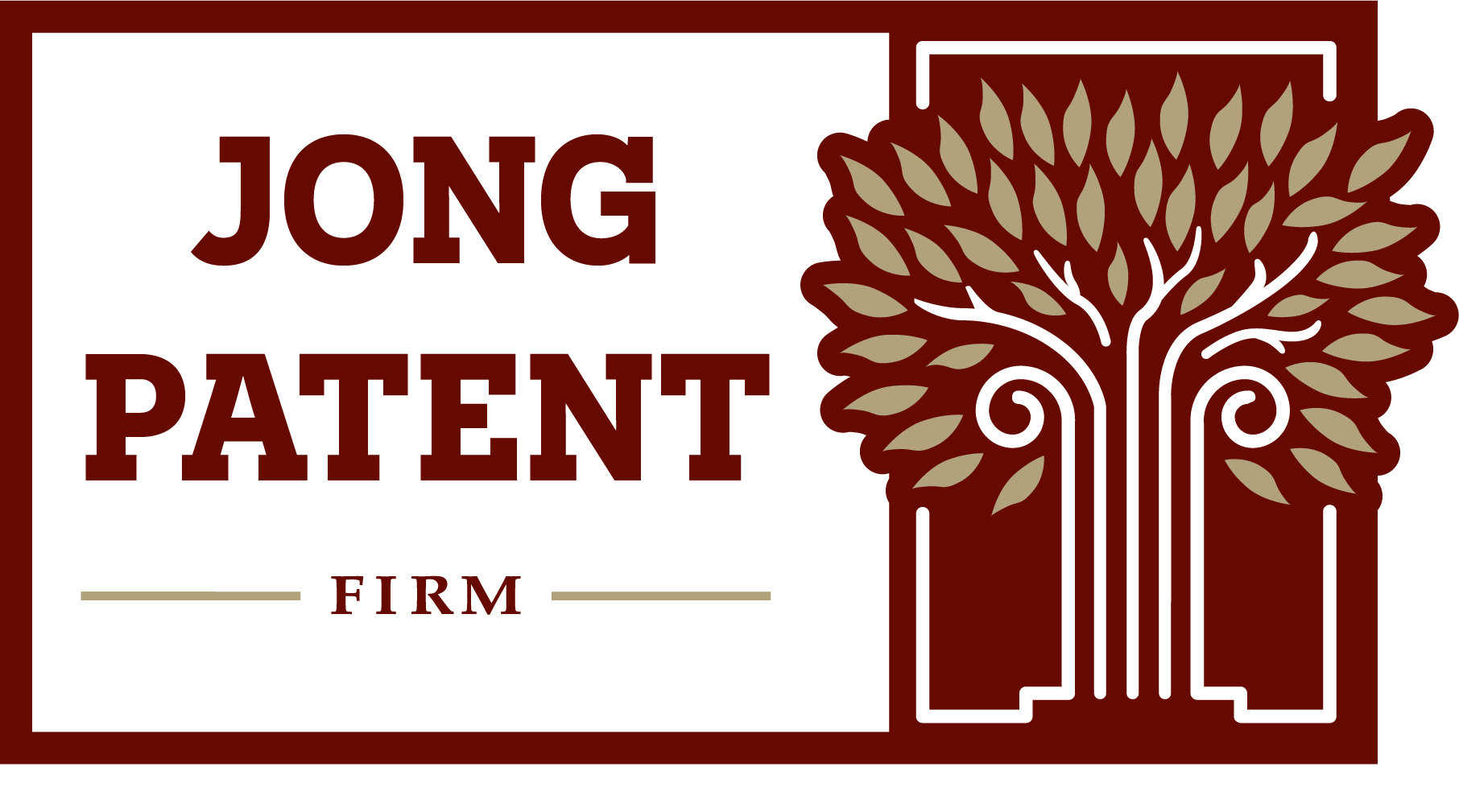Jong Patent Firm
Experienced Patent Professionals You Can Trust.
At Jong Patent Firm, we turn innovation into secure, market-ready assets. With decades of engineering and patent prosecution experience, we craft broad, effective patents that safeguard your technology—across the U.S. and around the world.











